Triangle® Mastercard® $150 Bonus CT Money®††. New Cardmembers only. Conditions Apply. Ends May 31.
Learn MoreThis paragraph should be hidden..
How to choose camping lights
Camping after the sun goes down can be a daunting affair, which is why choosing the right camping lights is important. You need to consider the intended purpose of the lighting, the power source you will be using, and the level of performance you need from the lighting. Let’s get started.


- USE
- TYPES
- POWER SOURCE
- BULB OPTIONS
- LINGO
What will you use your camping lights for?
There are a ton of different lighting options based on your intended use. Consider if you need to light up your whole tent or if you need illumination to get to other parts of your campsite. You also need to consider the size of the area you are trying to light.
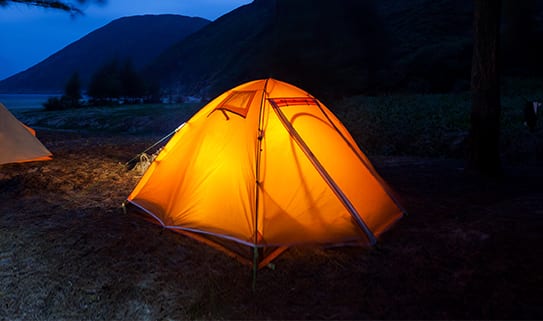
Area Lighting
Area lighting or lanterns are ideal for lighting a large area and provide the best overall lighting range. Only battery powered lanterns should be used within a tent.
See Area Lighting >
Directional Lighting
From flashlights to hands-free headlamps, these lights are ideal for walking in low light conditions and provide the best distance. Directional lights are typically battery powered.
See Directional Lighting >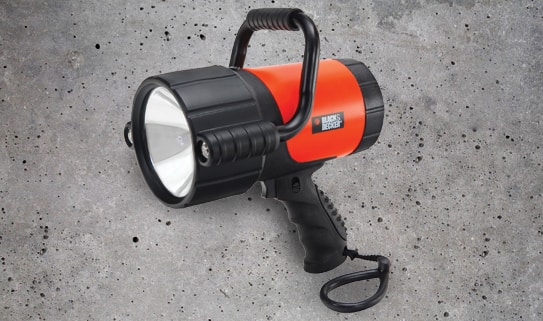
Multi-Functional Lighting
These lights include multi-function features or are combination kits containing different types of lighting.
See Multi-Functional Lighting >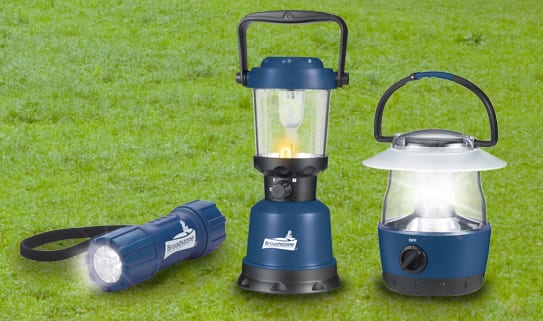
Tent Lighting
Perfect for lighting a tent, battery-powered tent lights can easily be attached to the ceiling of most tents. Some tent lights also include a light and fan combination for warm nights.
See Tent Lighting >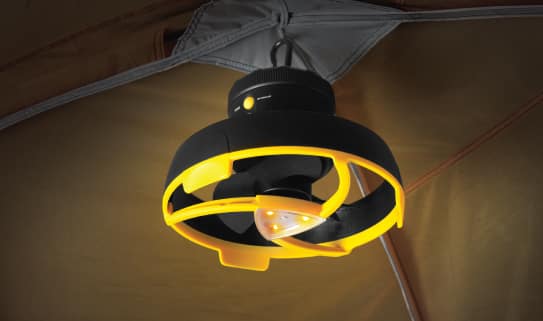
Battery-Operated Electric Lighting
Battery powered lights are powerful and convenient. When using battery-operated lighting, always be prepared by packing an extra set of batteries.
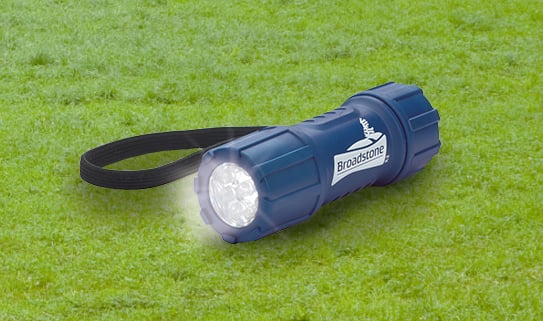
Rechargeable
Rechargeable lights can often be directly plugged into a power outlet or other power source, like a 12V car outlet or battery pack. Some rechargeable lights are also solar powered or hand cranked.
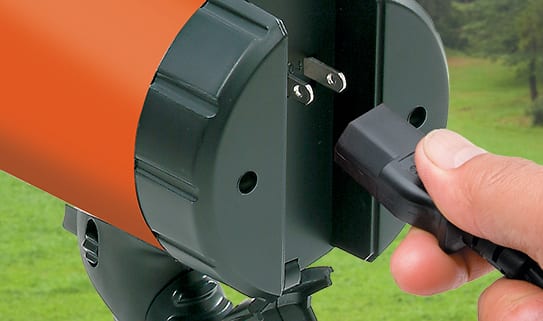
Fuel-Burning Lanterns
These lights are powered by propane, naptha, or lamp oil. Fuel-based lanterns require ventilation and should therefore not be used in small, enclosed areas like tents. This type of lantern also emits heat, so it should be used with caution in the presence of pets or small children. A fuel-burning lantern is the type of light that would light up a whole campsite.
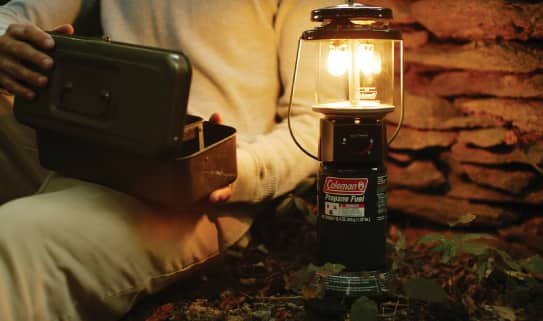
CFL Bulbs
Compact Fluorescent Lamp (CFL) bulbs are more energy efficient and give off a cool white light. These bulbs can be easily replaced.
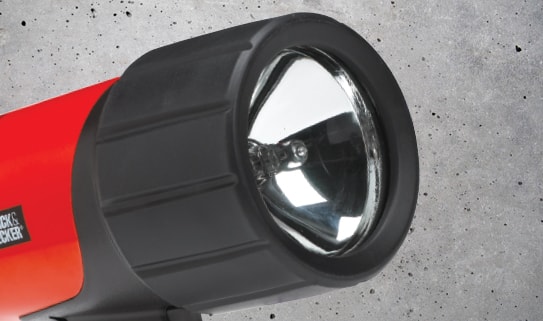
LED Bulbs
Light-Emitting Diodes (LED) bulbs are the most energy efficient on the market, and the bulb never needs to be replaced. These bulbs are also shatter proof and cool to the touch.
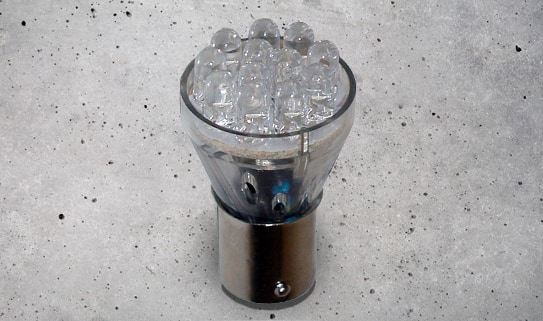
Intensity
Usually measured in lumens. The higher the lumens, the brighter the light. Keep in mind that higher lumens also results in lower energy efficiency, aka lower burn times or shorter battery life.
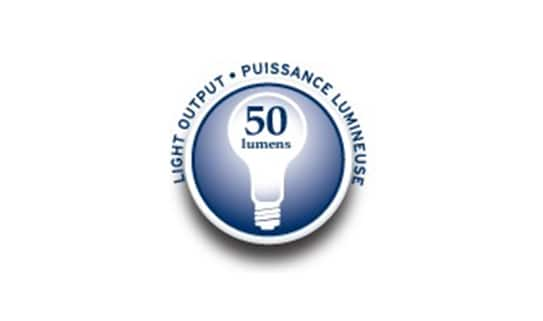
Distance & Range
Indicates how far the beam shines, i.e., the maximum size of the area that can be illuminated.
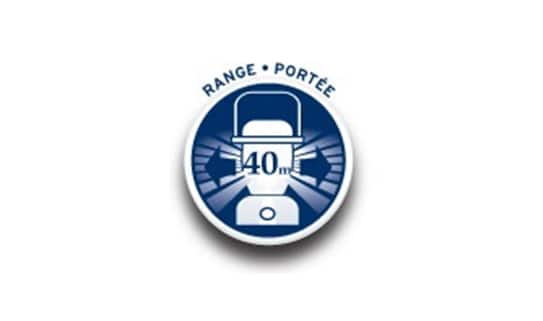
Run-Time
Expressed as either burn time or battery life.

